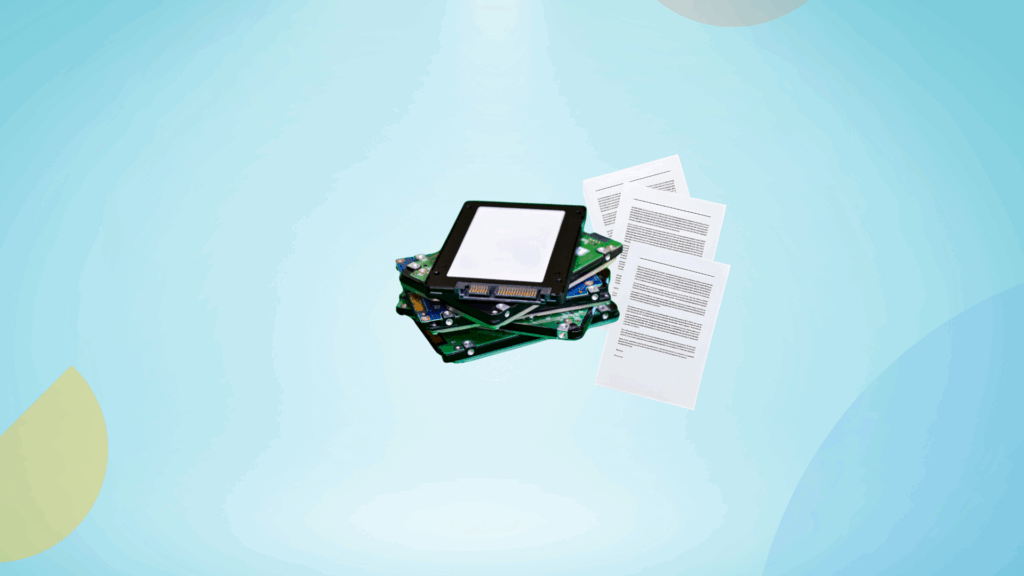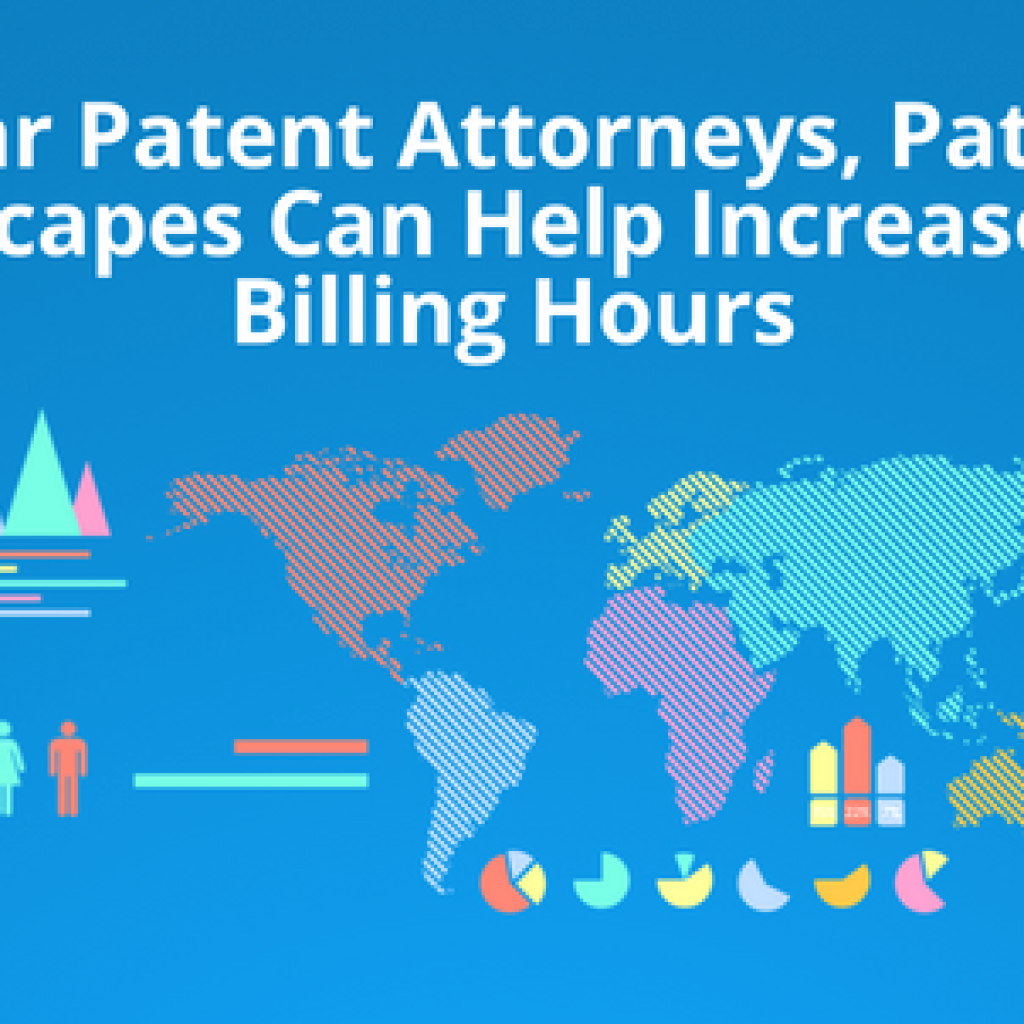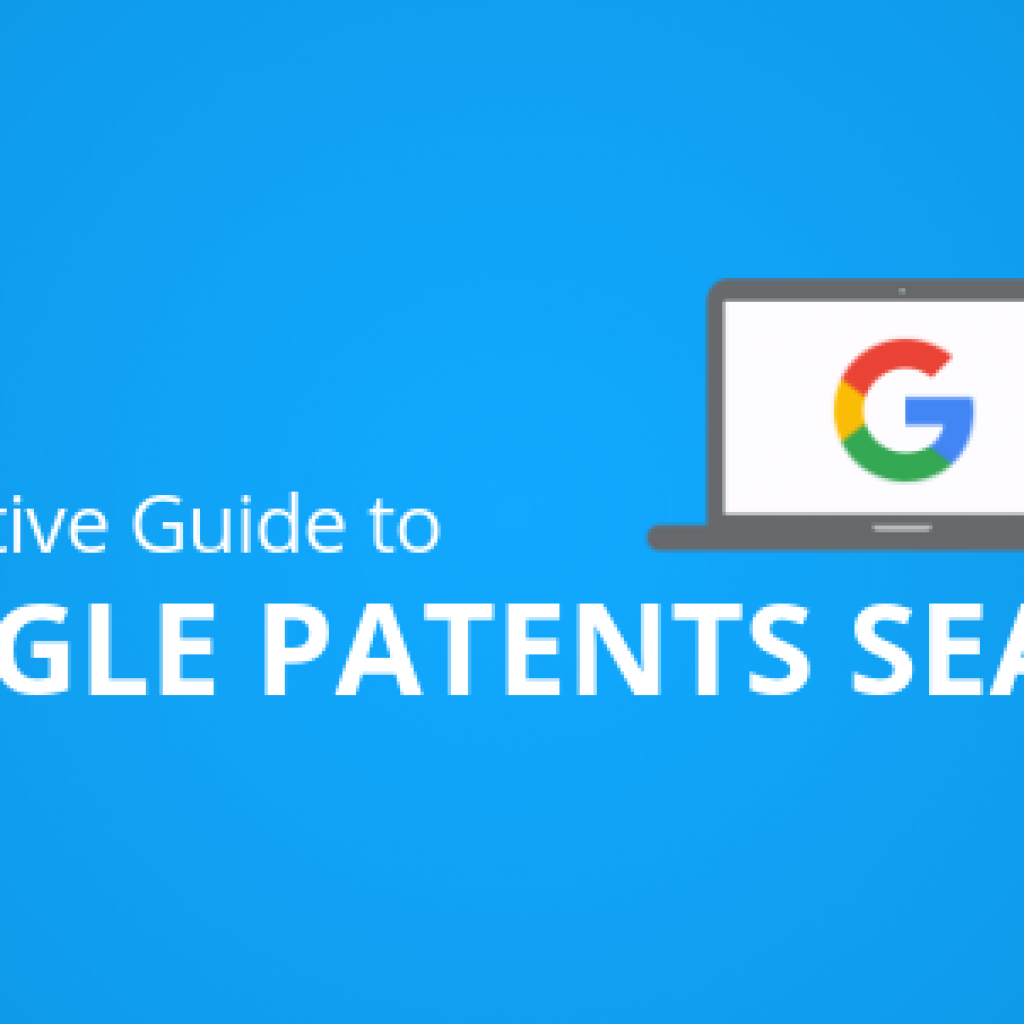Have you ever been lost in the ocean of cited references in a patent invalidation search?
Citation analysis, although a powerful strategy, is often limited to the second or third generation of cited patents. It is difficult to go beyond because as you go from the third to fourth generation patents, the number of patent citations drastically increases. The image of the patent citation tree below is a good example of how the number of citations keeps drastically increasing generation upon generation.
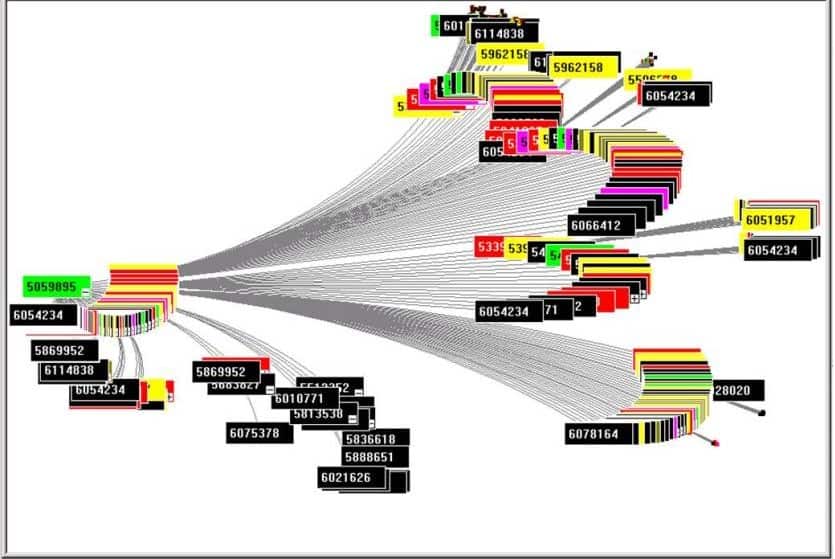
How do you go through all the relevant citations and get to the prior art in a quick and efficient manner?
I know just the trick which has helped me in multiple cases and proved to be very impactful.
Unveiling the most effective Citation Analysis Strategy
In a recent patent invalidation project, I figured out early on that the technology was highly crowded. In my experience, I have found it useful to start exploring such cases through citation analysis.
Now when you start exploring citations and get down to the second and third generation of citations, the number exponentially increases. In this case, from double-digit citations, the number quickly reached a bit more than a thousand citations. A thousand citations to review in a project with a timeline of a couple of weeks may not be the best return of time.
I reviewed the file history of the patent and checked the patents on the basis of which 102 and 103 rejections were made by the examiner during the prosecution of our patent. I checked the citations of these patents on a much deeper and wider level which helped me get to the prior art. That too, in almost 1/10th of the time spent on citation analysis.
For confidentiality reasons, I cannot share the exact patent here, however, to showcase the thought process let me pick a random patent as an example – US8738051B2.
Patent Citation Analysis: Then Vs. Now – A better approach at work
Let’s start the analysis by checking the backward citations of US’051. There are a total of 252 patents present in the first level backward citation of US’051.
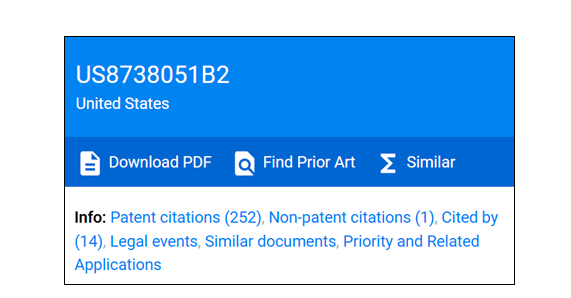 It would easily take about 5-6 hrs just to analyze these 252 patents followed by the other steps in the process. And that’s only the first level of backward citation analysis.
It would easily take about 5-6 hrs just to analyze these 252 patents followed by the other steps in the process. And that’s only the first level of backward citation analysis.
The second-level citations include 5,549 more patents (extracted via commercial databases).
That’s right, if you or your team has to check the citations of each one of the 252 patents then the amount of literature can reach up to 5,549 patents which can be difficult to sift through. Moreover, it’s going to be a different story altogether when one has to decide citations of which patent from a set of first-generation patents should be picked to dig deeper for further analysis.
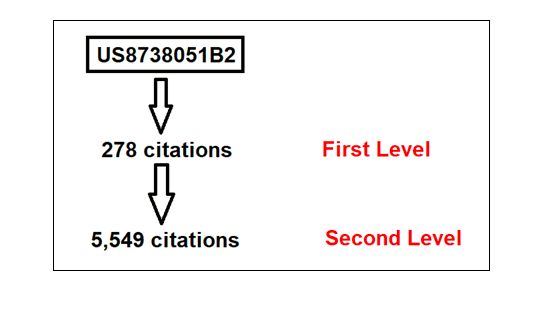 This is where our strategy comes to play!
This is where our strategy comes to play!
A better strategy – Picking the citations used in 102 and 103 rejections
The citations used in 102 and 103 rejections are indicative of patents with close technology similarity.
If one keeps picking the network of these citations used in rejections, it will help see the linkage in the patent’s web and find the distantly connected references through the thread of closeness weaved by the examiner during the prosecution.
Did you just smirk thinking, easier said than done?
Well, I felt the same way months ago but then the data science team at GreyB gave me access to one of their tool (BOS) which made it easy to check the network of patents linked by 102 and 103 rejections.
Using BOS, I found the prior art within 100 patents itself which otherwise would have identified after analyzing thousands of patents linked through the citation network.
Let me try to show you by picking our earlier example of US8738051B2.
How can BOS help you in citation analysis?
Analyzing the patent in the BOS tool showed that the citations of US’051 include 3 patents used in 102 rejections and 3 patents in 103 rejections.
So, now the researcher just needs to analyze a total of 6 citations instead of 252 citations in the first level citations. Coming to the second level, the number of patents boils down to 14 patents instead of a vast set of 5,549 citations.
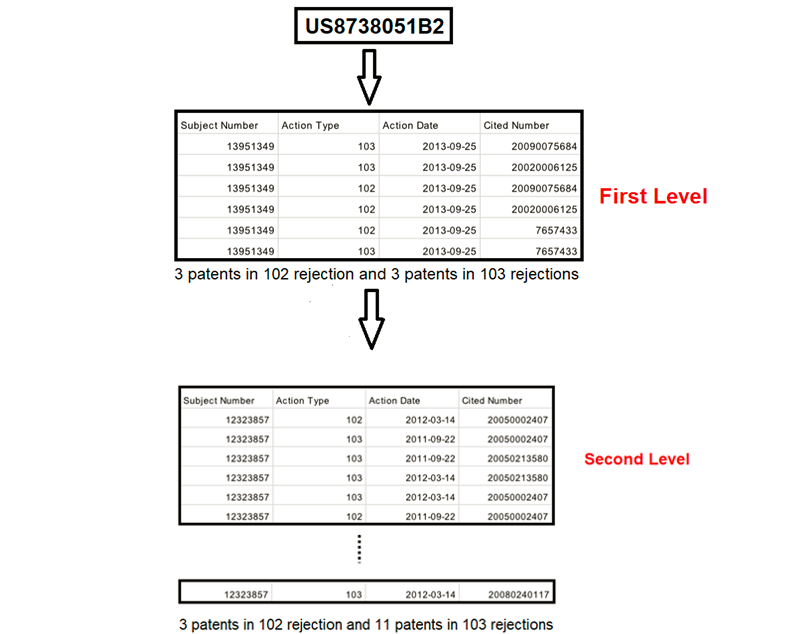
See the difference it can make?
Who wouldn’t need such a performance booster while locating a killer art and dealing with a huge set of citations(first and second-order)? Tools like BOS can help perform citation analysis quickly and get to prior art faster. Want to know more about it?
Conclusion
Patent citation analysis has been the most effective search strategy for every researcher out there. If not always a bang-on result, this strategy definitely helps in finding leads to the hidden prior art. But things take a different turn when you are lost in a sea of citations with no direction to row towards. This is the time you put on your thinking hats and come up with strategies that could make a whole lot of difference in your search process.
At GreyB, we try to formulate strategies and find approaches to make our searches efficient, which leads us to prior art a hell lot quicker. The above strategy is just one such instance.
Want to know more about our thought process and how we approach searches?





